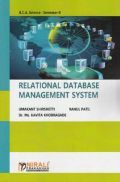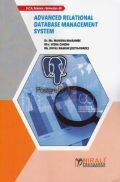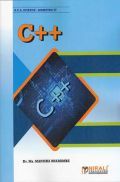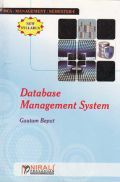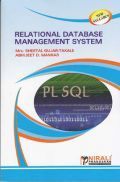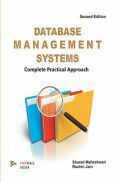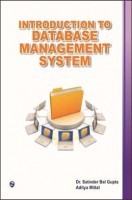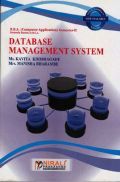Relational Database Management System by Ms. Kavita Khobragade, Mrs. Manisha G. Bharambe
Book Summary:
Database technology is one of the most rapidly growing areas of computer and information technology. It is used in almost all the applications. The objective of Relational Database Management system is to provide a convenient and effective method of defining, sorting, retrieving the information stored into the database.
We take an opportunity to present this text book entitled as “RDBMS” to the students of S.Y.B.Sc. Computer Science (Sem. I) as per the revised syllabus laid down by University of Pune.
This book aims at clarifying transaction concepts, database security concepts, recovery and client-server architecture. This book is organized in 5 chapters. The 1st chapter allows student to acquire the knowledge of MySQL. Chapters 2, 3, 4, 5 talk about transaction concepts, security concepts, recovery and client-server architecture.
Audience of the Book :
This book Useful for B.Sc (Computer Science) students.
Table of Contents:
1. Relational Database Design
2. Transaction Concepts and Concurrency Control
3. Database Integrity and Security Concepts
4. Crash Recovery
5. Client-Server Technology
Appendix-A
References





















